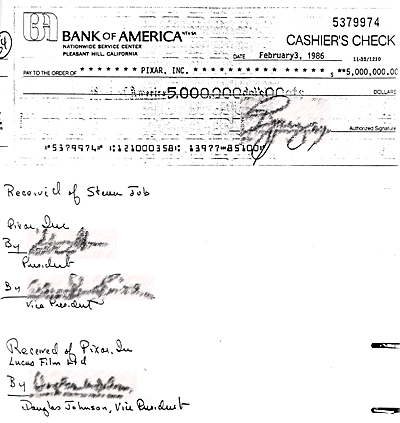 |
| News of the World Newspaper Headline http://carycitizen.com/2011/07/17/editorial-the-long-sad-decline-of-journalism/ |
"Americans were the world's preeminent newspaper-reading people, with by far the largest per capita circulation of any country" (McPherson 48)
Print journalism was once at the forefront of society. Even dating back to the Civil War in 1862, the newspaper was the driving force of public opinion, often exaggerating victories and downplaying defeats. All major cities had a paperboy on every corner selling the most up to date headlines, as well as rural areas employing the youth to deliver daily news before breakfast. In James McPherson’s Crossroads of Freedom Dr. Oliver Wendell Holmes is quoted as saying, “We must have something to eat and the papers to read. Everything else we can do without . . . . . . Only bread and newspaper we must have.” That is not the case anymore.
Print journalism was once at the forefront of society. Even dating back to the Civil War in 1862, the newspaper was the driving force of public opinion, often exaggerating victories and downplaying defeats. All major cities had a paperboy on every corner selling the most up to date headlines, as well as rural areas employing the youth to deliver daily news before breakfast. In James McPherson’s Crossroads of Freedom Dr. Oliver Wendell Holmes is quoted as saying, “We must have something to eat and the papers to read. Everything else we can do without . . . . . . Only bread and newspaper we must have.” That is not the case anymore.
The charm of getting today’s news tomorrow is no longer plausible. Release of
information is instantaneous and with today’s fast paced society, no one wants
to wait the next day to hear what is going on. With the release of new handheld
technology every few months, news stories break in a matter of minutes instead
of days. Every major news station has an app that delivers news to your
handheld device. The newspapers of the world are now relegated to a forgotten
corner of the supermarkets. Radio is used to boost the newest singers ratings
instead of informing citizens of what is going on. Journalism, in its most traditional sense of print
media, is dying.
 |
| Social Media as citizen journalism |
With the rise in "smartphone" technology,
most major news outlets and all social media sites are right at ones fingertips
with the increase in app developments and constant updates. You do not even
have to actively try to keep yourself informed with the goings on of the world
because those very same apps will send a notification to your phone or tablet
when something note worthy happens.
Journalism has failed to evolve in a manner that keeps print
media a relevant source for news in the modern age. If anyone walks into a
store they will find the checkouts saturated with magazines. They are not, however, filled with current
world news. They are filled cover to cover with images of the most current
celebrities and their antics. The likes of The
National Enquirer and People magazine
ensure that current readers occupy their time and money reading of who wore it
best instead of recent events. Unlike these entertainment magazines, the
newspapers are hidden in little corners of the stores. They are bought mainly
for the Sunday coupons than as a source of news. If someone wants to know the
latest in current events they can turn on a TV or bring up a search engine to
research their topic. Print media has become obsolete because the companies
have not found a way for print media to compete with their electronic
counterparts. How can something that takes hours to print compete with
something that merely takes the time to type and upload.
 |
| Comparison graph showing trust vs. no trust http://www.gallup.com/poll/1663/Media-Use-Evaluation.aspx |
 |
| Nielsen TV Research on Cable TV Viewership http://www.journalism.org/2014/03/26/state-of-the-news-media-2014-key-indicators-in-media-and-news/ |
 |
| Graph showing the decline in news magazine sales. http://www.journalism.org/2014/03/26/state-of-the-news-media-2014-key-indicators-in-media-and-news/ |
 |
| Continual decrease in newspaper sales 2010 (Canada, USA, Great Britain) |
 |
| Statistics about Print Media http://www.mergeagency.com/digital-marketing/death-of-print-media |




